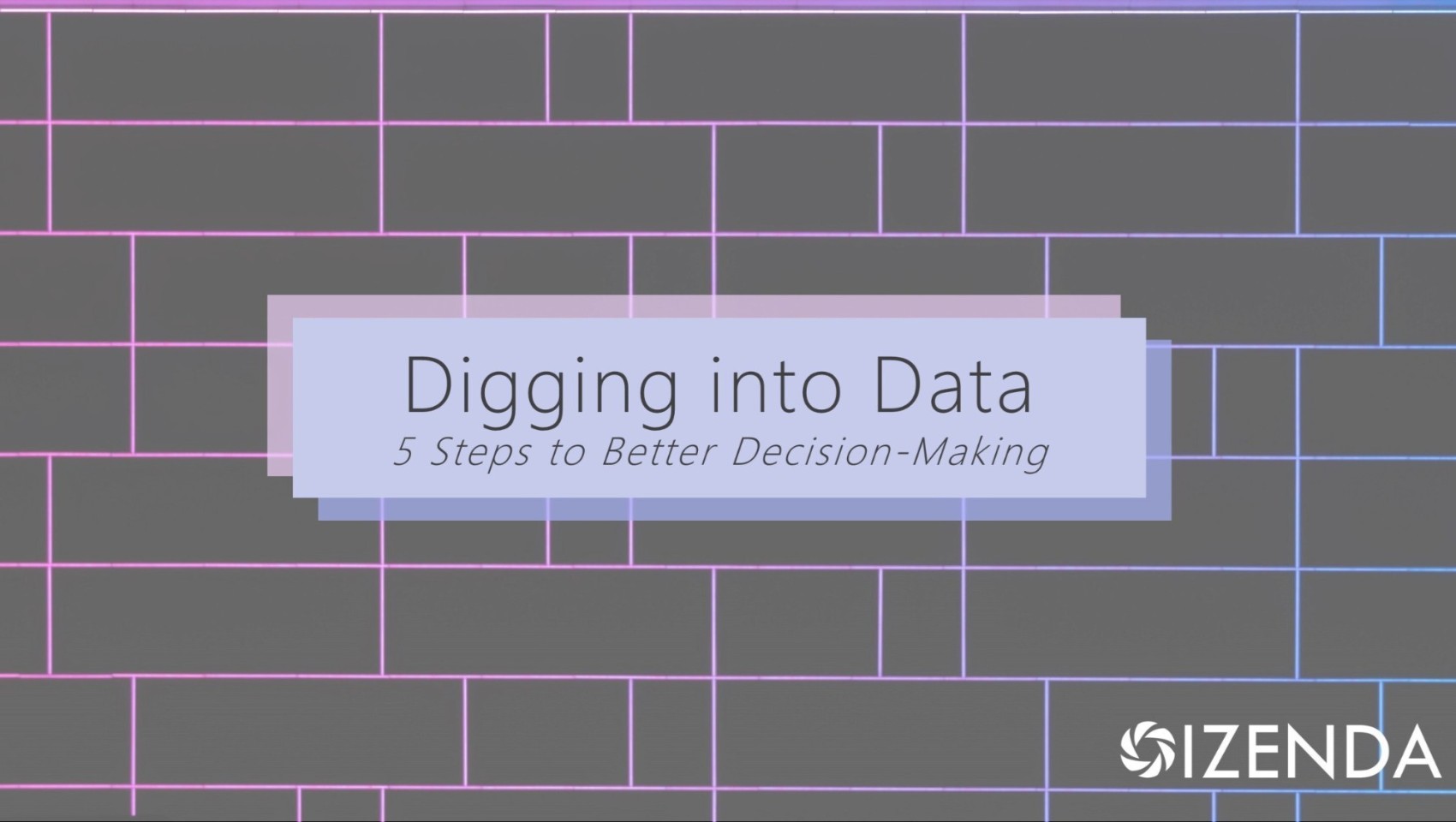
If you want to improve the strategy behind your business intelligence implementation, you need to start tapping into your data. Technology affects nearly every aspect of your business operations, so it only makes sense to use the data it generates to improve your business’s agility.
If you’re thinking that you need data scientists and other data professionals to accomplish this, think again. With the advent of business intelligence tools, the power of data is now accessible to anyone.
Intuition versus Data
The top companies in the world use data to make logical, well-informed decisions for their businesses. This is a strategic advantage since they have a clearer picture of the market and the issues to inform the decisions.
A few businesses still use intuition, gut instinct or experience to make their decisions, but there aren’t nearly as many. So, it’s safe to say that data-driven decision making is more profitable and successful than decisions made through experience or intuition.
Here are some other benefits of becoming a data-driven business:
- Data can help you stay competitive and make decisions to move your business forward.
- Data-driven companies are more aware of customer needs and provide better customer experience.
- Data is costly to store, so it’s more cost-effective to use data to your advantage and let it inform decisions.
- Data can help you identify new opportunities for your business to grow or improve.
- Data makes you more agile and flexible to the changing market.
5 Steps to Better Decision-Making
Here are the steps to becoming more data-driven:
Step 1: Strategy
Data-driven decision making begins with a strategy for your data. Whatever your goals are, they need to be clearly defined so you can use data to identify what’s working and what isn’t.
Step 2: Identify
Data comes from many places, so you need to manage your sources of data and find the areas that benefit your business most. Then, you can focus your attention on that data when making decisions.
Step 3: Targeting
Once you find the areas of your business that need data the most and find your ideal sources of data, you can target the data sets that are most likely to provide answers to your questions. This involves searching through the data you already have and streamlining it.
Step 4: Analysis
Usually, your department heads will be the ones using data to make decisions. Still, you need a full picture of all your business data, so you may want an integrated system that connects the data sources and provides access for many people.
Step 5: Action
The insights you get from data are just part of the puzzle since you need to do something with them. Business intelligence tools can compile complex sets of data and present the data in a logical and digestible way for key decision-makers.
Get Started With Izenda
Becoming a data-driven organization can be challenging, but it’s worth the effort for the benefits to your business. If you’re looking to get more from your business data, Izenda can help. Take a look at our BI tools and request your demo today!


